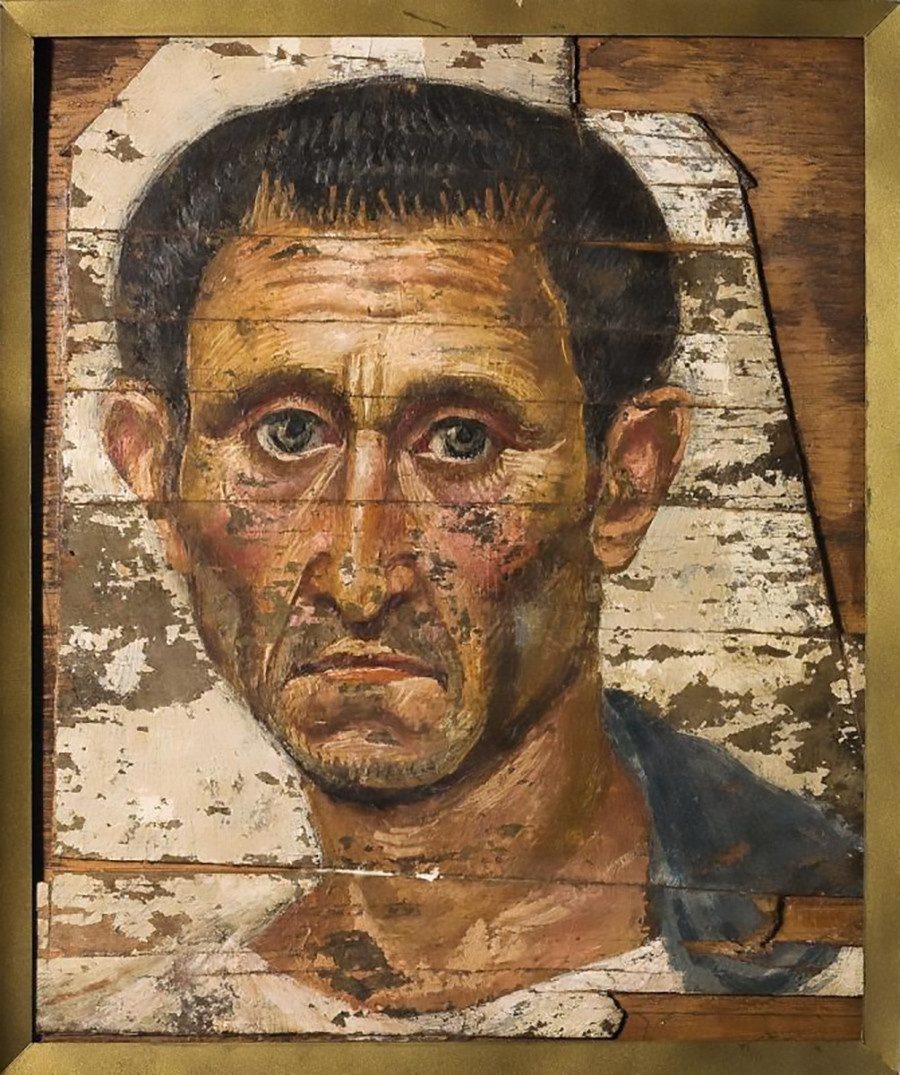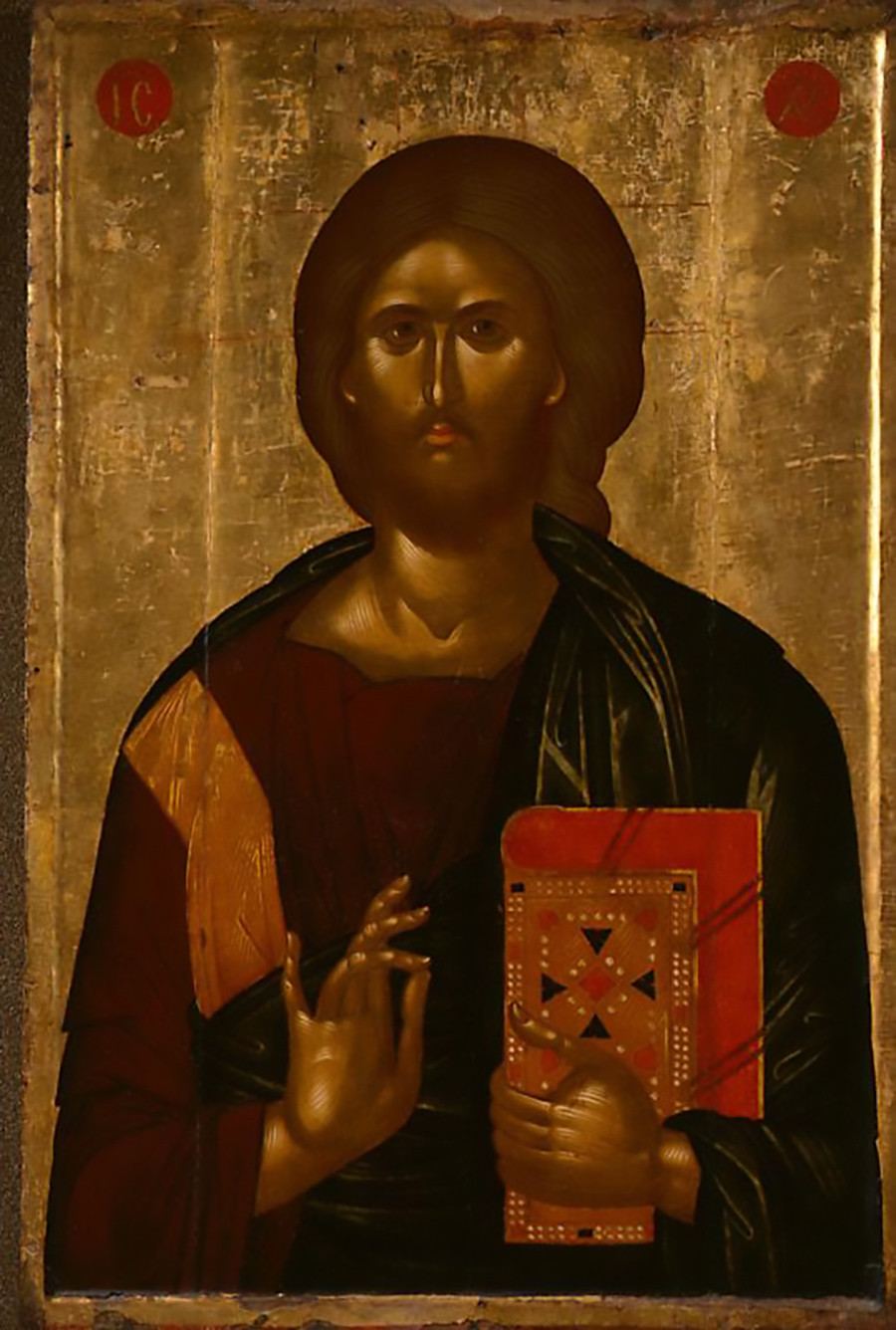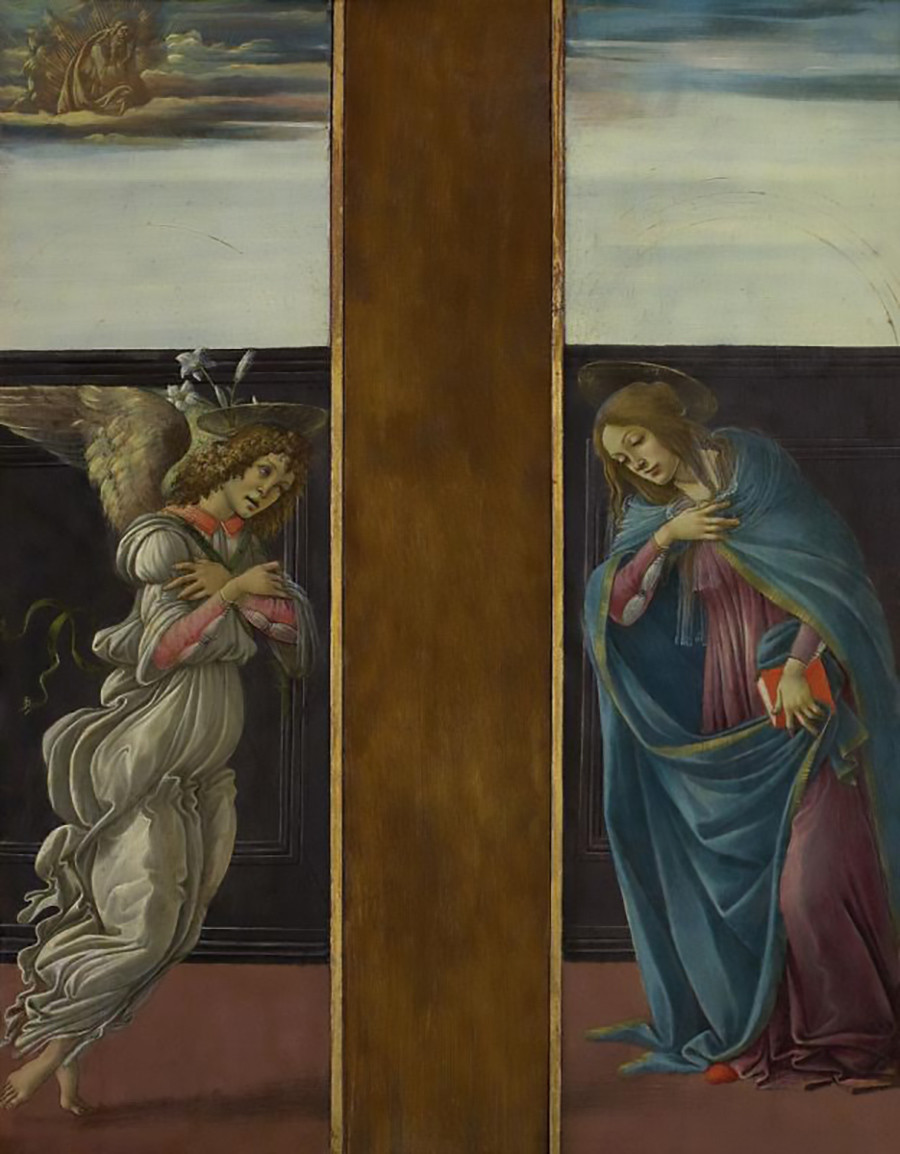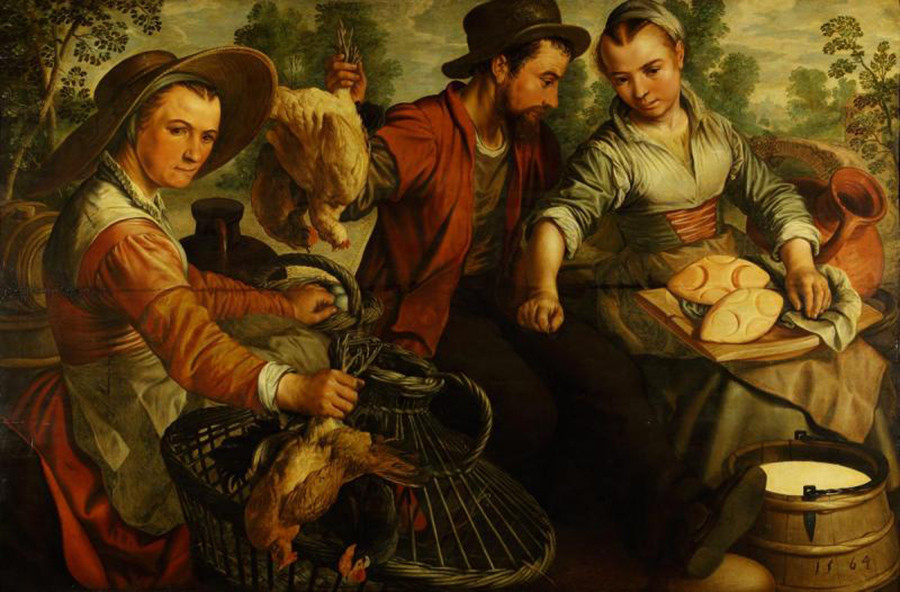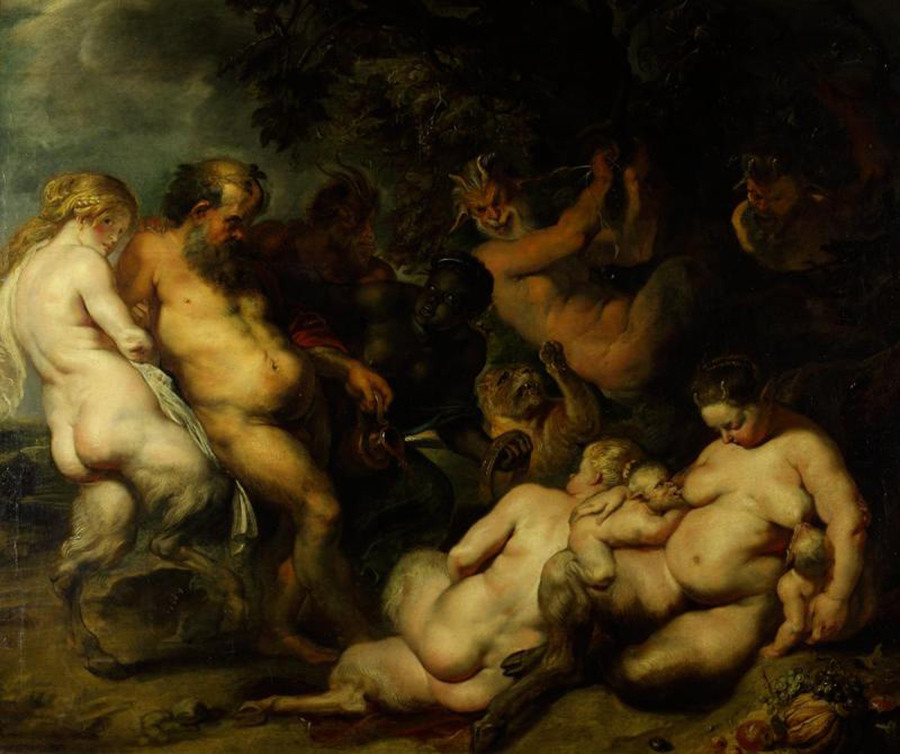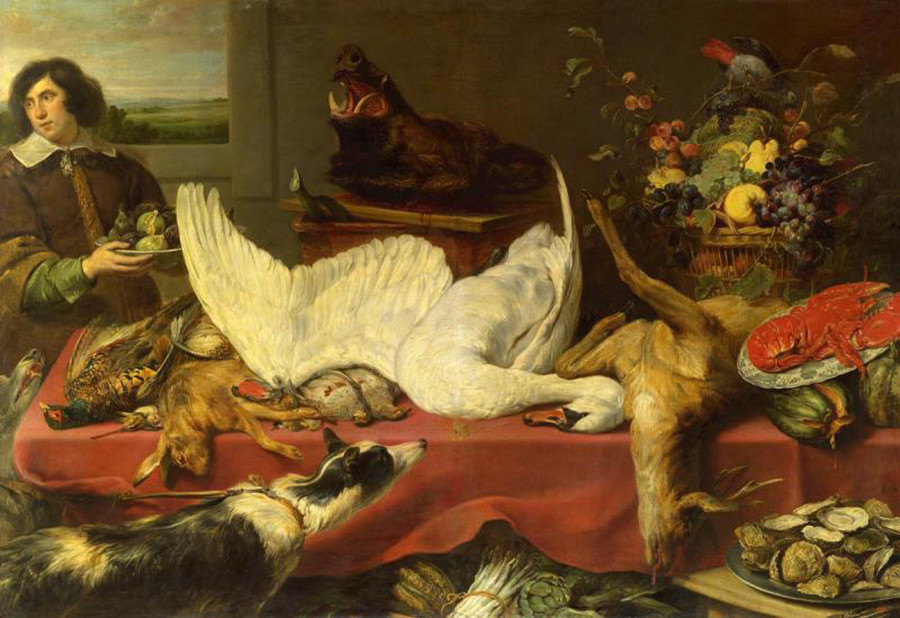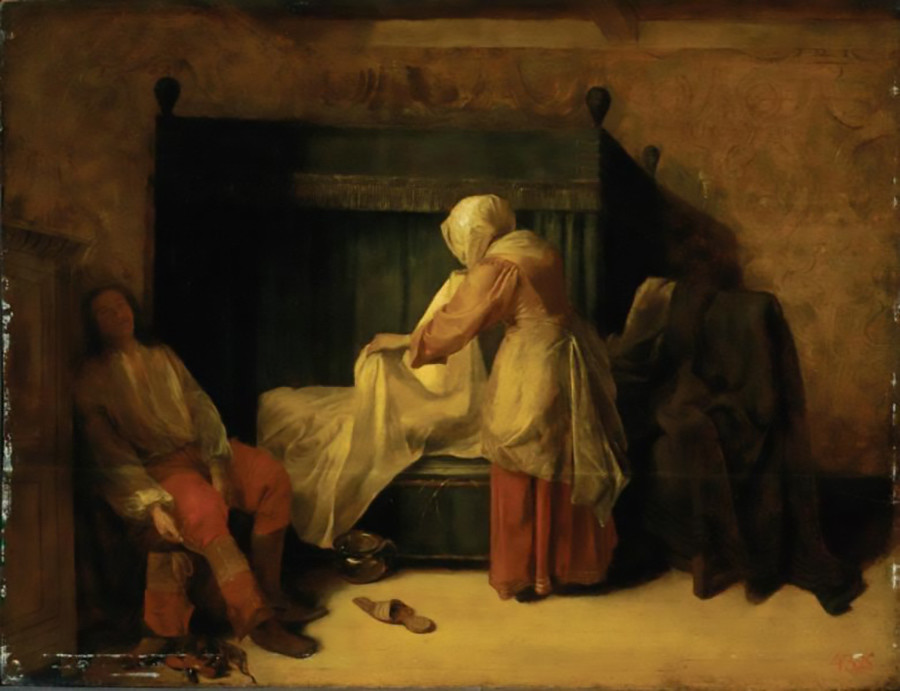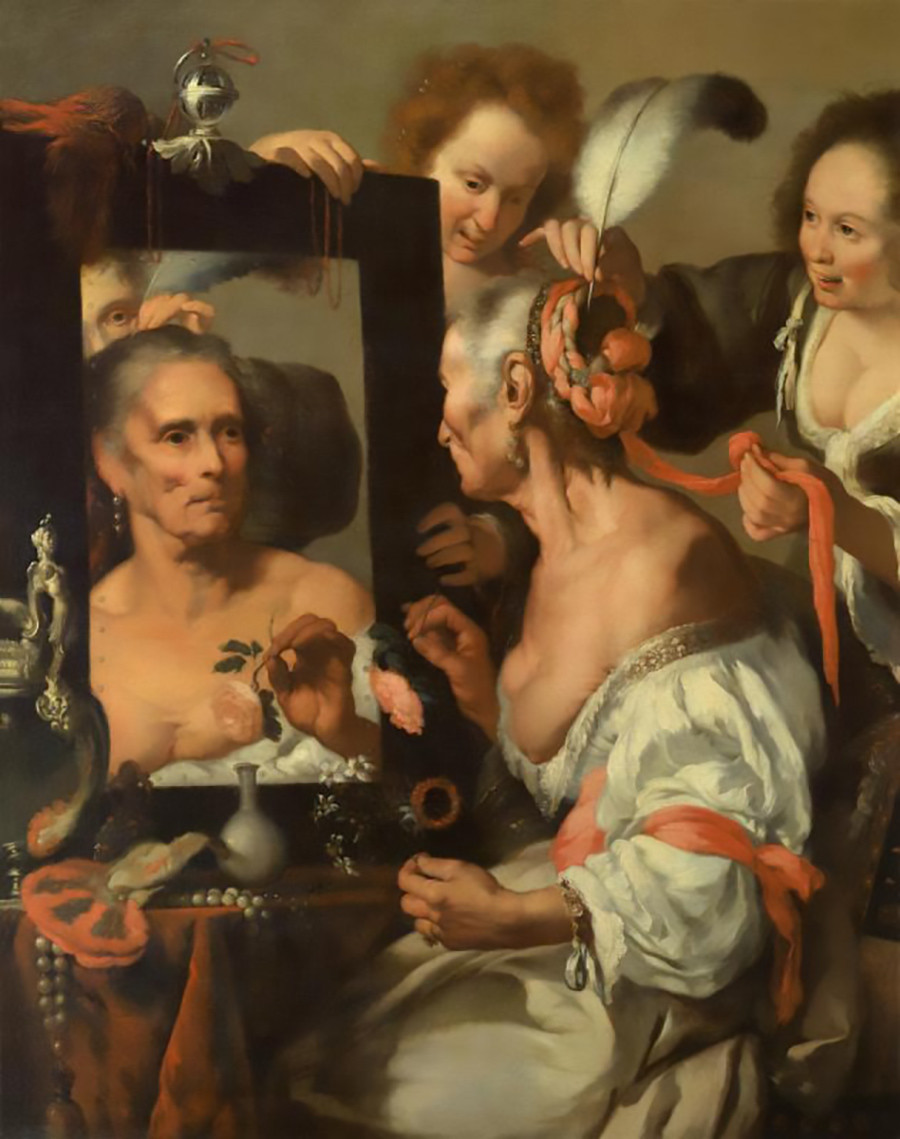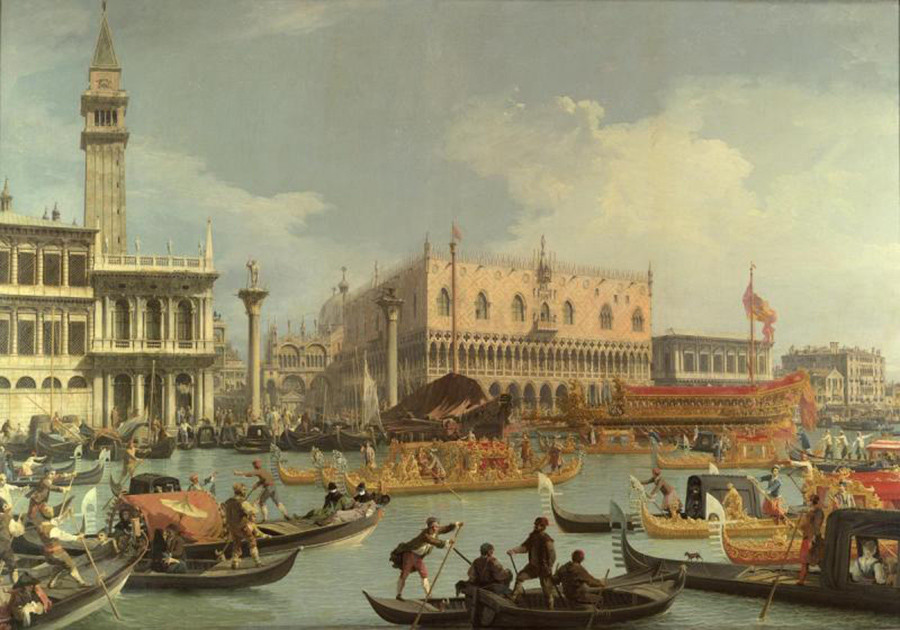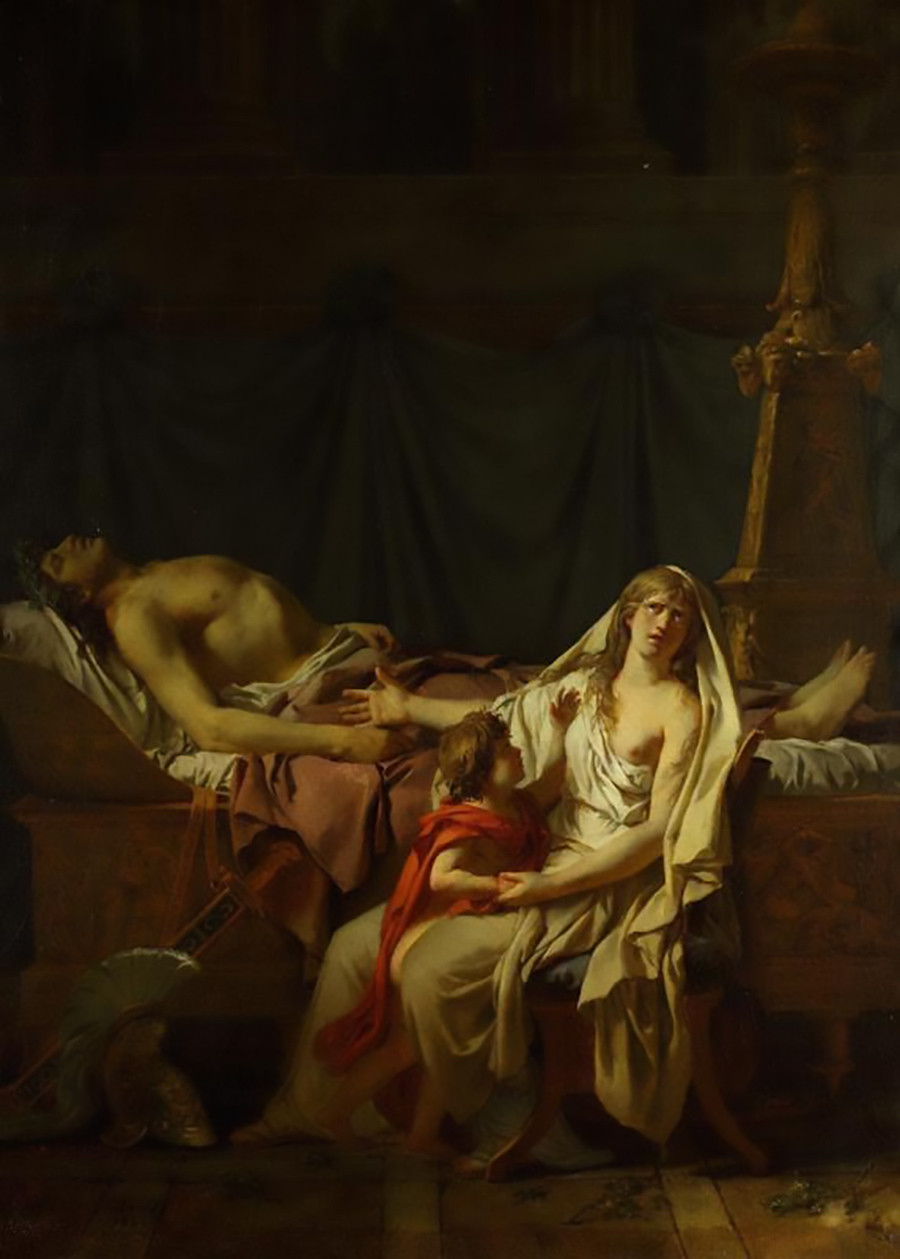10 masterpieces from Pushkin Museum of Fine Arts you can download onto your smartphone
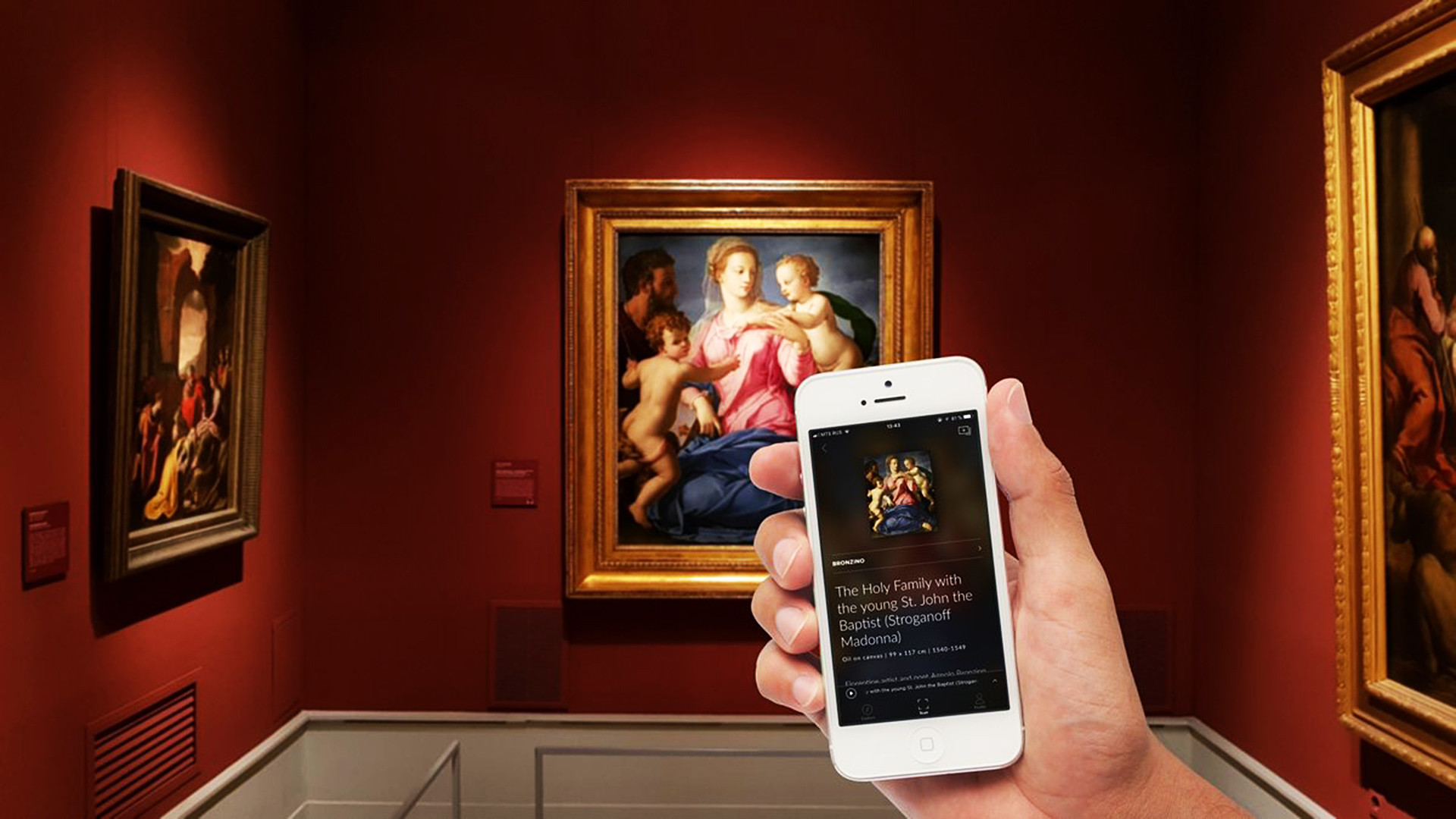
The Smartify app announced a collaboration with the biggest Russia’s arts museum.
Pushkin Museum of Fine ArtsAt the end of September, the UK-based Smartify art app announced its availability in many world-famous museums, including The Pushkin State Museum of Fine Arts. The app gives users the opportunity to learn about particular paintings and artworks on show, either in museums or online. Today, 28 masterpieces from the Pushkin are included in Smartify, so Russia Beyond has chosen 10 of the most awesome from those selected.
1. Portrait of an Old Man (Fayoum portrait,
Fayum portraits are the earliest discovered examples of ancient portrait painting. This particular painting was purchased in the Egyptian city of Luxor by a Russian collector.
2. Constantinople artist from the 15th century, Christ the
3. Sandro Botticelli, Virgin Mary Annunciation. Archangel Gabriel
These two images belong to the brush of early Renaissance painter Sandro Botticelli. They are part of a composition showing the Archangel Gabriel visiting the Virgin Mary to proclaim that she will give birth to the son of God. He is holding a white lily, the symbol of purity.
4. Joachim Beuckelaer, At the
5. Peter Paul Rubens, Bacchanalia
During the mid-1610s, Rubens started working on Bacchanalia, which he did not finish until the end of his life. It’s based on the myth of Dionysus and his companions,
6. Frans Snyders, Still Life with Swan
The generosity of nature and its eternal renewal is the main theme of this artwork. The abundance of earthly goods seems inexhaustible. A servant brings a bowl of figs, a symbol of fertility. Birds symbolize the air, the fruit – the land, mollusks – the water.
7. Pieter de Hooch, The Morning of a Young Man
In the painting The Morning of a Young Man, the artist depicts the morning room of a sleeping officer. Perhaps mothers everywhere will relate to this one!
8. Bernardo Strozzi, Allegory of Impermanence (Old
The picture represents a variant of the Northern European theme prevalent in the 17th century called “Vanitas,” an allegory of the impermanence and transience of earthly life, glory, and beauty.
9. Giovanni Antonio Canal, Return of the Bucintoro to the Molo by the Doge's Palace
This embankment in Venice is depicted on the day of Ascension, the main holiday of the Venetian Republic. The picture was created from 1728-29 by order of the French Ambassador to the Republic.
10. Jacques-Louis David, Andromache Mourning Hector
The concept of the 1783 painting is taken from Homer's Iliad. The artist depicts Andromache mourning with the son for her husband, Hector, who was killed in a duel with Achilles near the walls of Troy. It's a finished sketch for the painting exhibited in Paris’ Louvre.
If using any of Russia Beyond's content, partly or in full, always provide an active hyperlink to the original material.
Subscribe
to our newsletter!
Get the week's best stories straight to your inbox
